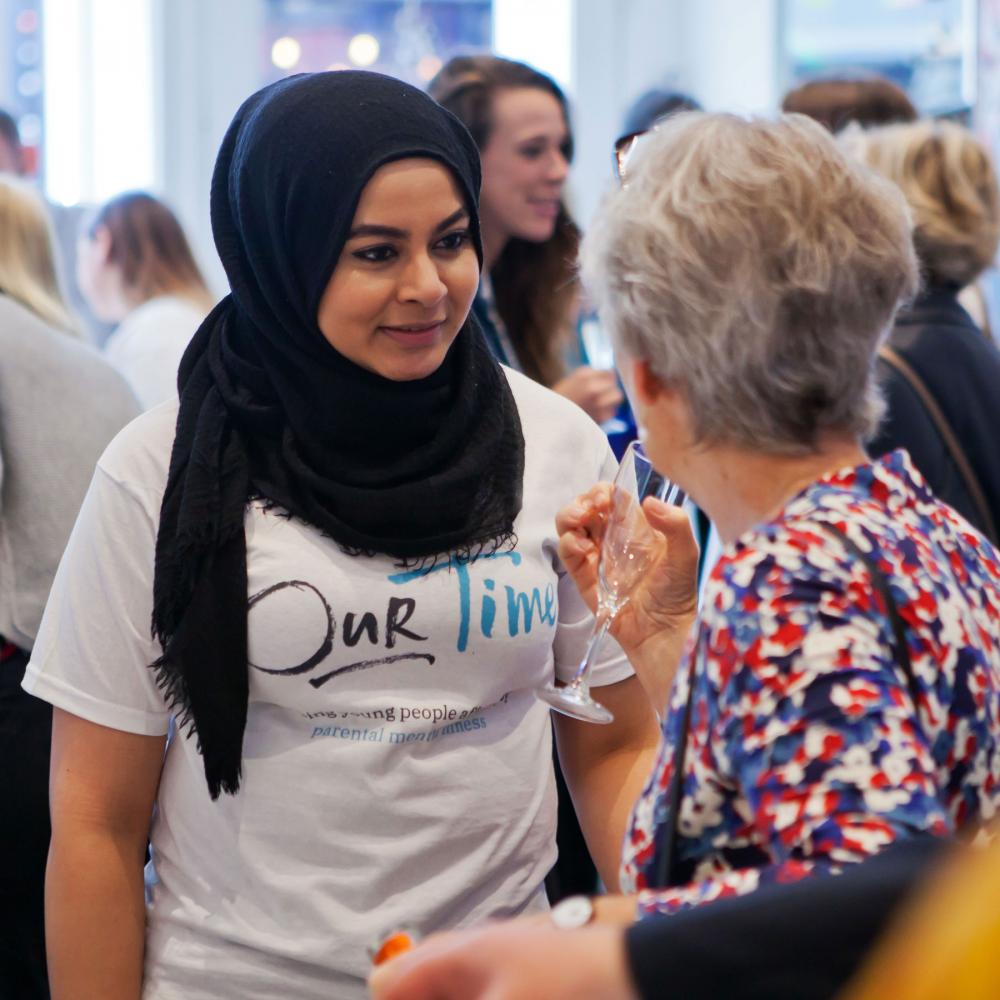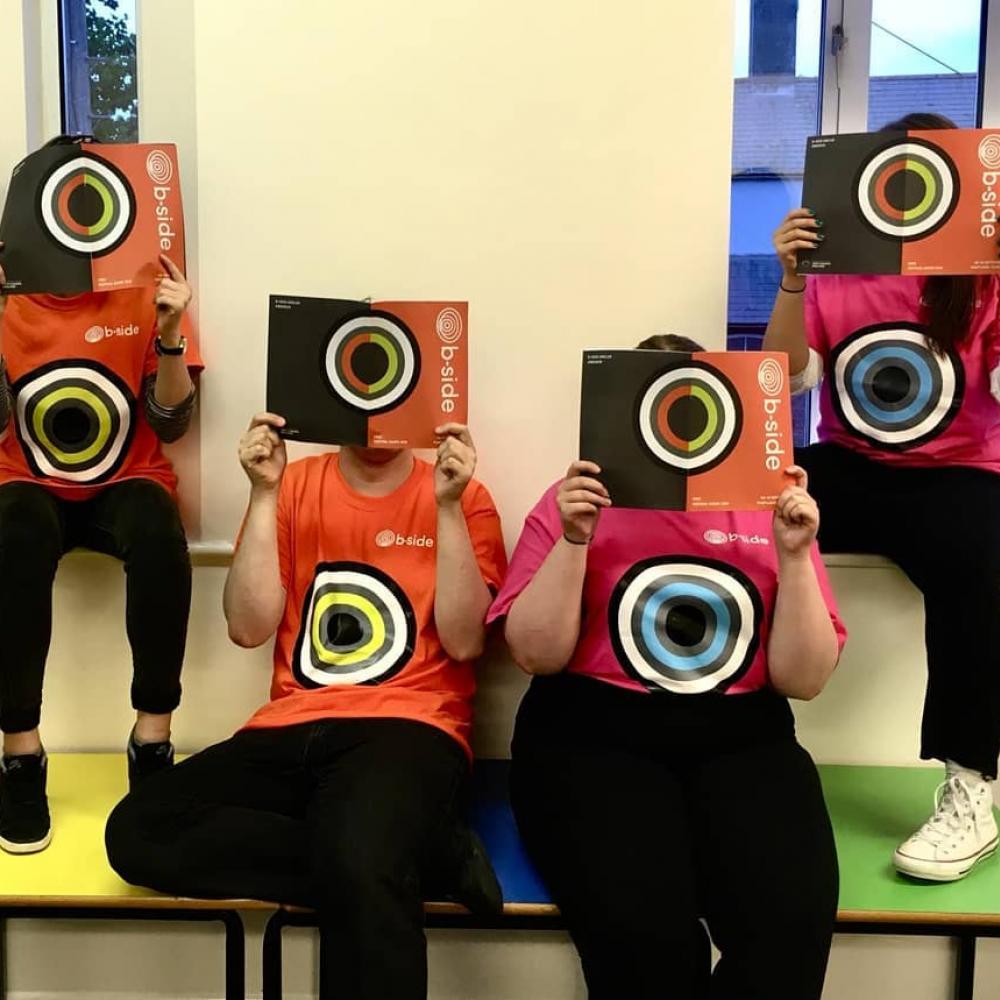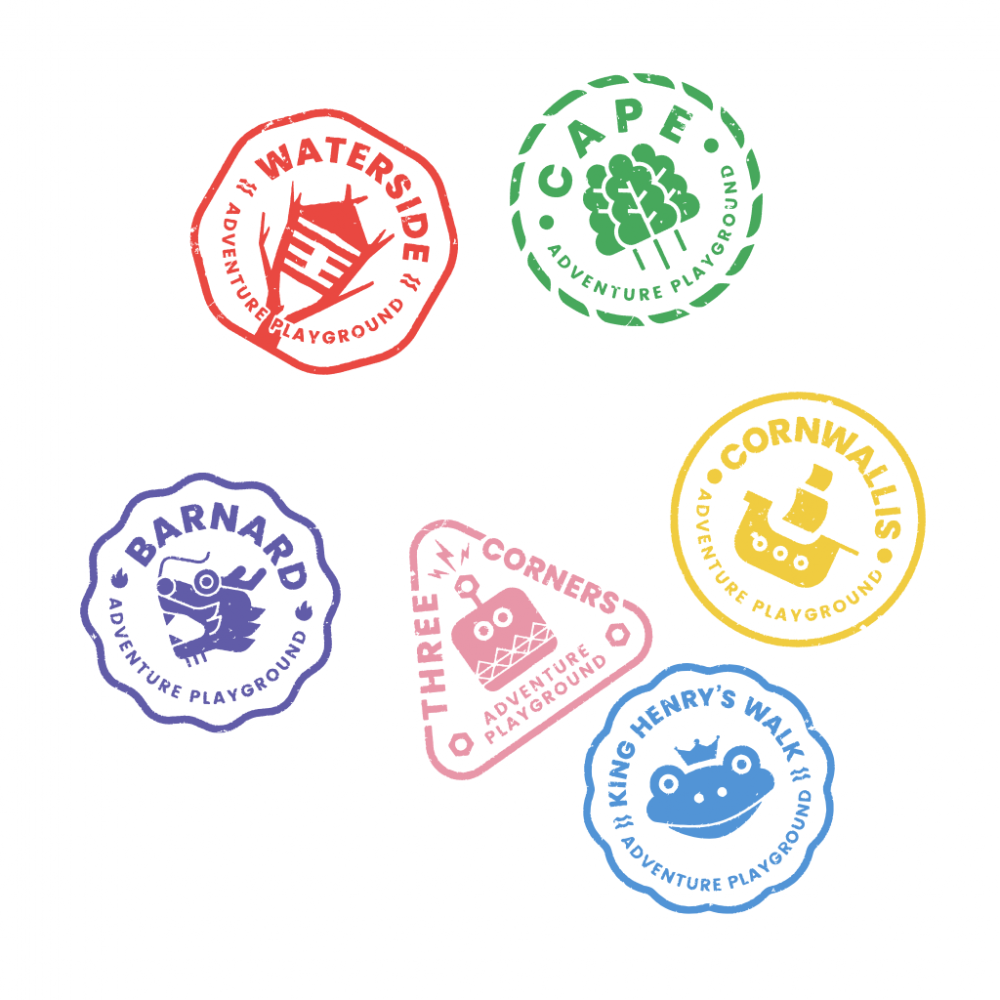19th February 2020 by Rob Foddering
It was during a recent chat to a client that the conversation turned to return on investment (ROI) for branding. The conversation started something like this:
'We need a new identity for our strategy to work, but assume we have no money. So, in order to make room in our budget I need to demonstrate the ROI for a rebrand.'
No pressure. It's a fair point and one that's an ideal subject for a blog, so here goes...
We know that great design can help differentiate your organisation in an already crowded market. You may also know that the design process can define a new audience, support a concept, or measure the effectiveness of a campaign. It can also help bring together your team and audience by providing consistency and clarity, and strengthening your purpose and objectives.
Simply put, more effective messaging means better communication with an audience. It can create emotional connections between people and your organisation, and in the third sector that's vital.
Good design requires in-depth knowledge of your organisation and how it is positioned. This knowledge facilitates the identification and resolution of issues you may not have realised you had or perhaps didn’t know how to face. And this is not a unique issue - lots of charities spend the majority of their time on fundraising and delivery, so it’s not uncommon for this work to be put on the backburner.
In the third sector, I feel that there's still a prevalent misconception that the purpose of design is to produce assets that assist with day-today work and 'making things look nice and organised'.
But to us, design delivers so much more than that. The right design agency can be your strategic consultant. They have an understanding of the unique needs of your audience and organisation. And for small charities that means having an extra, on-demand, cost-effective team member - a team member who's lucky enough to create solutions without bias to the internal pressures you might be facing.
We know a rebrand can represent a risk - budgets are tight, and donors and funders have concerns about how their money is spent. Demonstrating how much money is going to the 'cause', and how much to admin and fundraising, seems to be an ongoing battle.
Justifying branding in comparison to other fundraising efforts that have a more tangible ROI can be difficult. It could be tempting to assign that cost to employing another administrator. Perhaps the team is already creaking at the seams and there's not enough time spent on income generation. It's understandable, we get it.
So organisations need assurances that designers understand their issues and that commissioned work will deliver a return on their investment. So how can we pass on those assurances?
Assure me
To start with, return on investment is a difficult metric with which to justify a rebrand. As a metric, it assumes that all things will be equally measurable. But how can you compare the income generated from a rebrand to income from a direct fundraising activity? Branding has a ROI, but an effective brand doesn't just deliver income generation, it delivers everywhere - something that's hard to quantify with a comparison that works on an x=y type formula.
Jane Whitton of The Children’s Society describes some of the wider benefits of rebranding:
"...we’re already seeing an upward trend in brand awareness. We have also seen positive increases in ROI where the brand is applied effectively. Staff engagement levels are high, with understanding and belief in our vision, mission, values and behaviours polling high. We’ve also had incredible feedback from new volunteers recruited after the public launch of the rebrand."
Put a figure on it
The Design Council investigated the strategic use of design and its effect on businesses.
In one such investigation they identified 250 participants classified as 'Design Alert businesses'. These businesses saw a significant 125% return on investment for every pound spent on design.
These design alert businesses were also less likely to compete on price, indicating that design played a key role in influencing customer perceptions of value.
£1.00 spent
£2.25 Earned.
That's fine, but how does that reflect in the third sector? A sector where that until recently brand was a dirty word associated with the consumerism of the commercial world.
Design Alert Charities
What if we applied the Design Council study statement to charities?
'These design alert businesses charities were less likely to compete on price for funding and donations, indicating that design played a key role in influencing customer audience perceptions of value worth.'
Although they haven't been defined as such, there are large charities that I would class as 'Design alert' or 'Design led'.
In 2004 Macmillan was a top 10 fundraising charity but it ranked only 28th for awareness on the Charity Awareness Monitor.
After its £120,000 Wolff Ollins rebrand, the charity ranked eighth in awareness. Its income increased from £97.7m in 2005 to £118m in 2009, and it helped and advised twice as many people. The rebrand also resulted in the charity being taken more seriously by institutional funders and public bodies.
I appreciate that for smaller charities, Macmillan is the equivalent of Apple to a startup business. But startups look at other businesses strategies to see what makes them successful, what works and what doesn't. There's a pattern that they emulate and there's no reason that the third sector shouldn't be doing the same.
I'll blog about other design led charities in more detail soon and the lessons that smaller charities can take from them.
Authenticity
A final point that also arose from another discussion was the fear of losing authenticity. If the charity applied a 'shiny new brand' would this signify that they no longer needed donations or the support of core donors?
I would argue that people's understanding of branding is much more sophisticated than it used to be. Authenticity is a key part of our brand process and, of course, you have to tread a fine line to get it right so that you don't alienate your existing supporters. But in the crowded and busy spheres that we operate today, why wouldn’t you strive to improve your message so that it speaks more clearly, emotively and directly to your audience?
We’ve seen evidence from our own clients that a strong rebrand can be a gamechanger. In fact, they report being taken more seriously by the people they want to communicate with - be they the public, beneficiaries, donors, policymakers, staff, key stakeholders, partners or funding bodies - and increased interest in and engagement with what they do.












